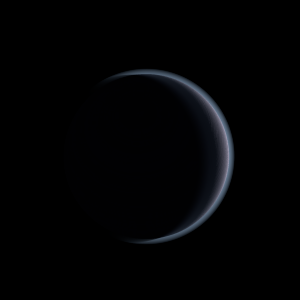|
|
Space Astro
|
Info for exoplanet "Hehyage-ku"
| Scientific (actual) data |
|---|
| Name | HD 238914 b |
| Planet status | Confirmed |
| Mass sini | 6 |
| Orbital period | 4100 |
| Semi major axis | 5.7 |
| Orbit eccentricity | 0.56 |
| Discovered | 2018 |
| Updated | 2020-03-08 |
| Omega | 318 |
| Tperi | 2460540 |
| K | 71 |
| Publication | Published in a refereed paper |
| Detection type | Radial Velocity |
| Star name | HD 238914 |
| Right ascension | 279.58° |
| Declination | 59.25° |
| Mag v | 12 |
| Star distance | 590 |
| Star metallicity | -0.25 |
| Star mass | 1.47 |
| Star radius | 12.73 |
| Star sp type | K7 |
| Star temperature | 4769 |
| Wikipedia article | HD 238914 b |
Back
| |
| Fictional info (?) |
|---|
| Suggested name | Hehyage-ku |
| Planet type | Cold planet |
| It was the one of the first exoplanets visited by a spacecraft, and one of the first to be successfully landed on. |
| Atmosphere | 2H2O | 89% |
| Xenon | 3.6% |
| Neon | 2.6% |
| Hydrogen peroxide | 2.4% |
| Ozone | 1.6% |
| Water vapor | 0.16% |
| Atmospheric pressure | 90 bar |
 |
| No known satellites |
| Google search for Hehyage-ku |
|
Website by Joachim Michaelis
|
|
|
|